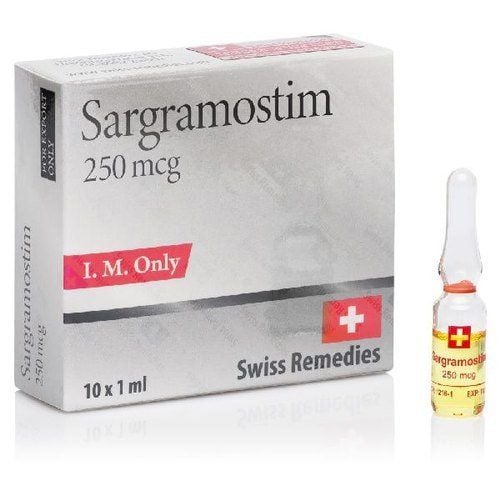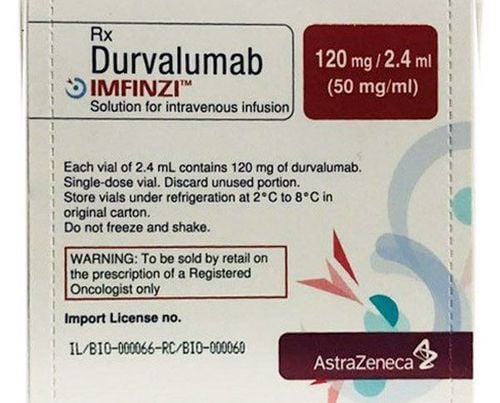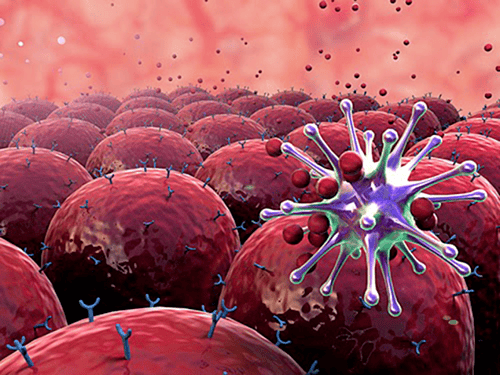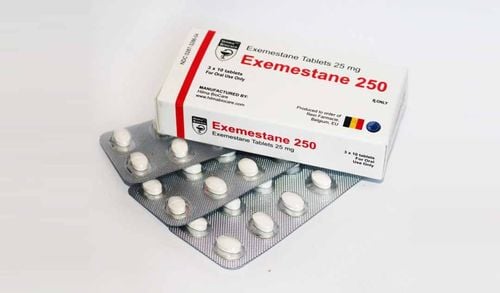This is an automatically translated article.
The article was professionally consulted by Specialist Doctor II Do Tuong Huan - Oncologist - Oncology Center - Vinmec Central Park International General Hospital.For patients with breast cancer, there are currently 2 surgical methods to treat the disease: complete removal of the breast or preserving the breast. Breast-conserving surgery is mainly indicated for cases where the disease is detected at an early stage, when cancer cells have not spread widely.
1. Overview of 2 breast cancer surgery methods
Breast cancer is a malignancy of the mammary glands. In Vietnam, breast cancer and cervical cancer are the two most common cancers in women. The rate of breast cancer accounts for 7 - 10% of all malignant tumors in the body and the common age is 40 - 60.Breast cancer treatment options depend on many factors such as stage of disease, size tumor size, nature, invasion of tumor, tumor location, status of axillary lymph nodes, histopathology of tumor, epithelial growth factor, hormone receptor,... In addition, other factors such as age, family history, co-morbid conditions, health status of the patient, ... also affect the choice of treatment.
Usually, there are 2 breast cancer surgery options indicated for breast cancer patients: total mastectomy or breast-conserving surgery.

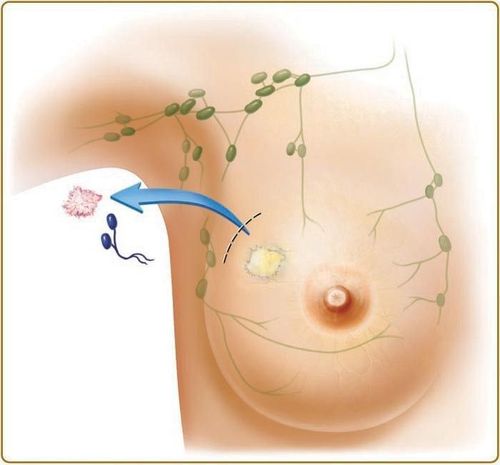
Trắc nghiệm: Những lầm tưởng và sự thật về ung thư vú
Ung thư vú có tỷ lệ tử vong cao nhất ở nữ giới khiến họ rất lo sợ bản thân mắc phải căn bệnh này. Tuy nhiên, không ít chị em có những hiểu biết thái quá về ung thư vú. Thử sức cùng bài trắc nghiệm sau sẽ giúp bạn loại bỏ được những nghi ngờ không đúng về căn bệnh này.
Bài dịch từ: webmd.com
2. In which cases may or may not preserve the mammary gland
Breast-conserving surgery is indicated for patients diagnosed with breast cancer based on clinical examination, mammogram, and cytology. The patient has a confirmed diagnosis by histopathology, tumor size < 3cm, has a lesion, regional lymph nodes have not metastasized or metastasized in small number, no distant metastases, localized calcification on radiographs. X-ray of the breast. Young women are also encouraged to have breast-conserving surgery to ensure aesthetics and confidence.Breast-conserving surgery is absolutely contraindicated for cases with multiple tumors (multifocal), diffuse calcification on mammograms or pregnant women (cannot receive radiotherapy while pregnant). ). This method is relatively contraindicated for large breast tumors in women with small mammary glands, who have a history of collagen vascular disease because of possible complications of fibrosis and tissue necrosis after surgery.
Breast-conserving surgery is a method that brings many aesthetic and psychological benefits to patients. However, this method is only indicated for patients with early breast cancer detection. Therefore, women should periodically go for breast cancer screening to be detected early and have timely and effective treatment. Early detection increases the likelihood of breast preservation, preserving the aesthetic beauty of a woman. At the same time, the treatment of the disease at an early stage is also more effective, with fewer complications, and prevents cancer from progressing, metastasizing or recurring.

Summary of breast cancer screening packages at Vinmec Hospital:
Basic package: Customers under 40 years old, no breast changes, Gail 5-year risk model < 1.7% ; Standard package 1: Customers aged 40 years or older, no changes in breast are felt, Gail model 5-year risk < 1.7%; Standard package 2: Physician-determined age, client with no breast changes, Gail 5-year risk model from 1.7% or lifetime risk > 20% or Tyrer-Cuzick risk model lifetime > 20%; Standard package 3: Physician-determined age, client with no breast changes, Gail 5-year risk model from 1.7% or lifetime risk > 20% or Tyrer-Cuzick risk model lifetime > 20%; Advanced package 1: Customers aged 25 - 29 years old, have relatives with breast cancer, ovarian cancer, prostate cancer, pancreatic cancer who have not been tested for genes; Advanced package 2: Customers aged 30 years or older who have relatives with breast cancer, ovarian cancer, prostate cancer, pancreatic cancer who have not been tested for genes; Intensive package 1: Customers from 25 to 29 years old, whose relatives have breast cancer, ovarian cancer, prostate cancer, pancreatic cancer have been tested positive for genes; Intensive package 2: Customers aged 30 years or older, whose relatives have breast cancer, ovarian cancer, prostate cancer, pancreatic cancer have had a positive gene test. Specialist II Do Tuong Huan has 20 years of experience in the examination, diagnosis, and surgical treatment and chemotherapy of cancer pathologies. Dr. Huan worked for a long time at Ho Chi Minh City Oncology Hospital from 1999 to 2017 and now works at Vinmec Central Park International General Hospital from March 2017
Please dial HOTLINE for more information or register for an appointment HERE. Download MyVinmec app to make appointments faster and to manage your bookings easily.






